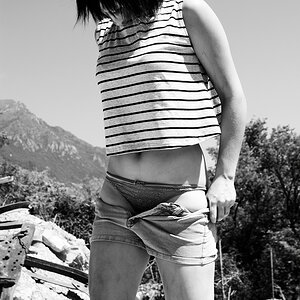Vautrin
No longer a newbie, moving up!
- Joined
- Jun 26, 2008
- Messages
- 927
- Reaction score
- 58
- Location
- It changes
- Website
- www.withoutamapphotography.com
- Can others edit my Photos
- Photos OK to edit
Hi,
So I keep seeing people talking about slow glass and fast glass, and fast glass being best.
What makes glass slow or fast? Should I throw my camera lens and see how long it takes across the room to determine whether it's a speed demon or a slow poke? (j/k)
What are the advantages and disadvantages to using either? Is fast glass better quality and I should prefer fast glass in all situations if my budget can afford it? Or for still life is slow glass better?
-Dan
So I keep seeing people talking about slow glass and fast glass, and fast glass being best.
What makes glass slow or fast? Should I throw my camera lens and see how long it takes across the room to determine whether it's a speed demon or a slow poke? (j/k)
What are the advantages and disadvantages to using either? Is fast glass better quality and I should prefer fast glass in all situations if my budget can afford it? Or for still life is slow glass better?
-Dan



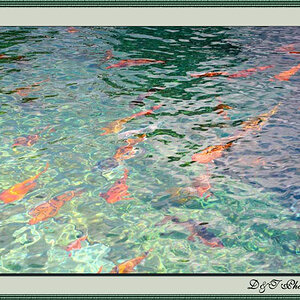
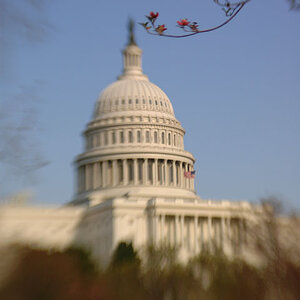

![[No title]](/data/xfmg/thumbnail/31/31743-3b294ee78fc71e7bfc025b01eafb0c2d.jpg?1619734986)
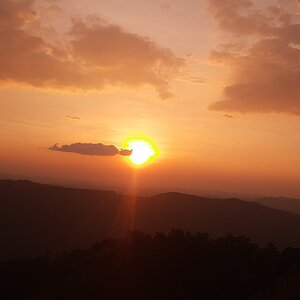
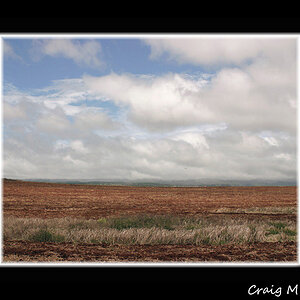
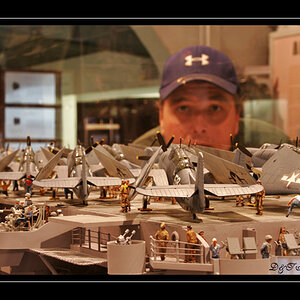
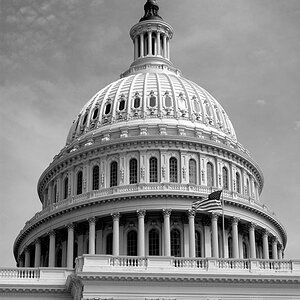
![[No title]](/data/xfmg/thumbnail/31/31011-439c1242fe08cf6b54f32bf06523a567.jpg?1619734567)


